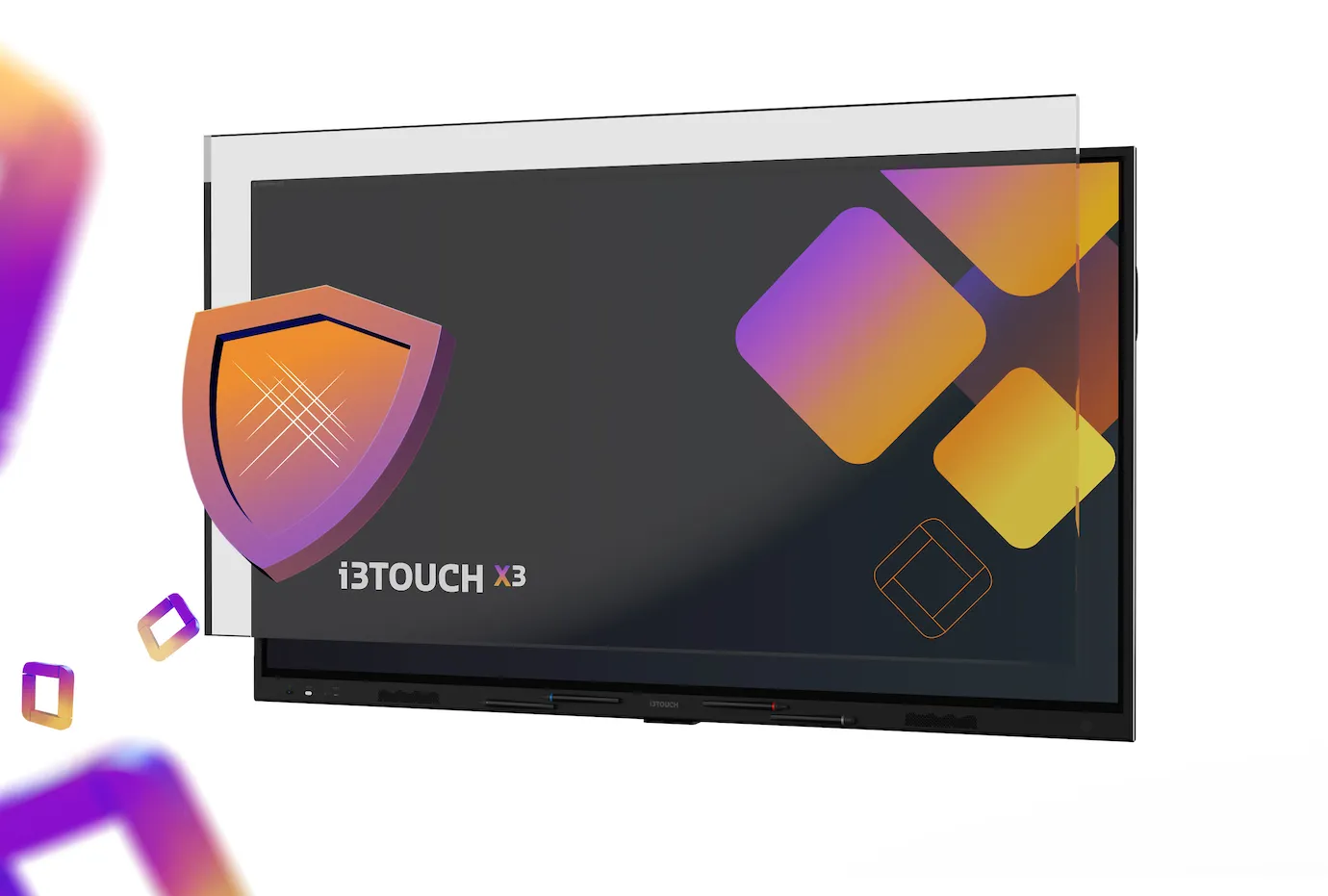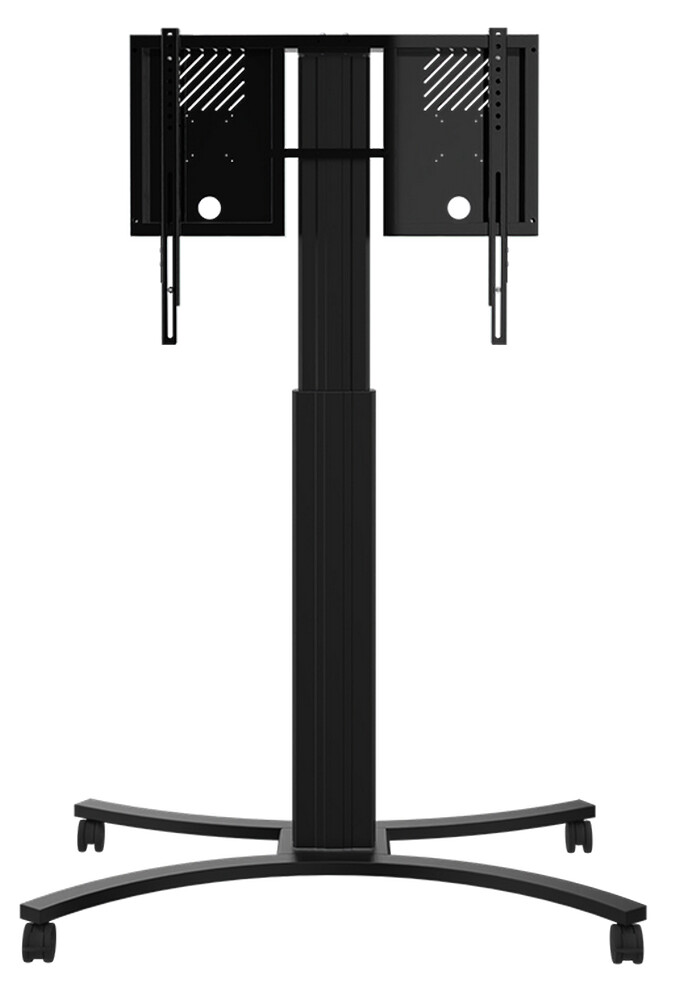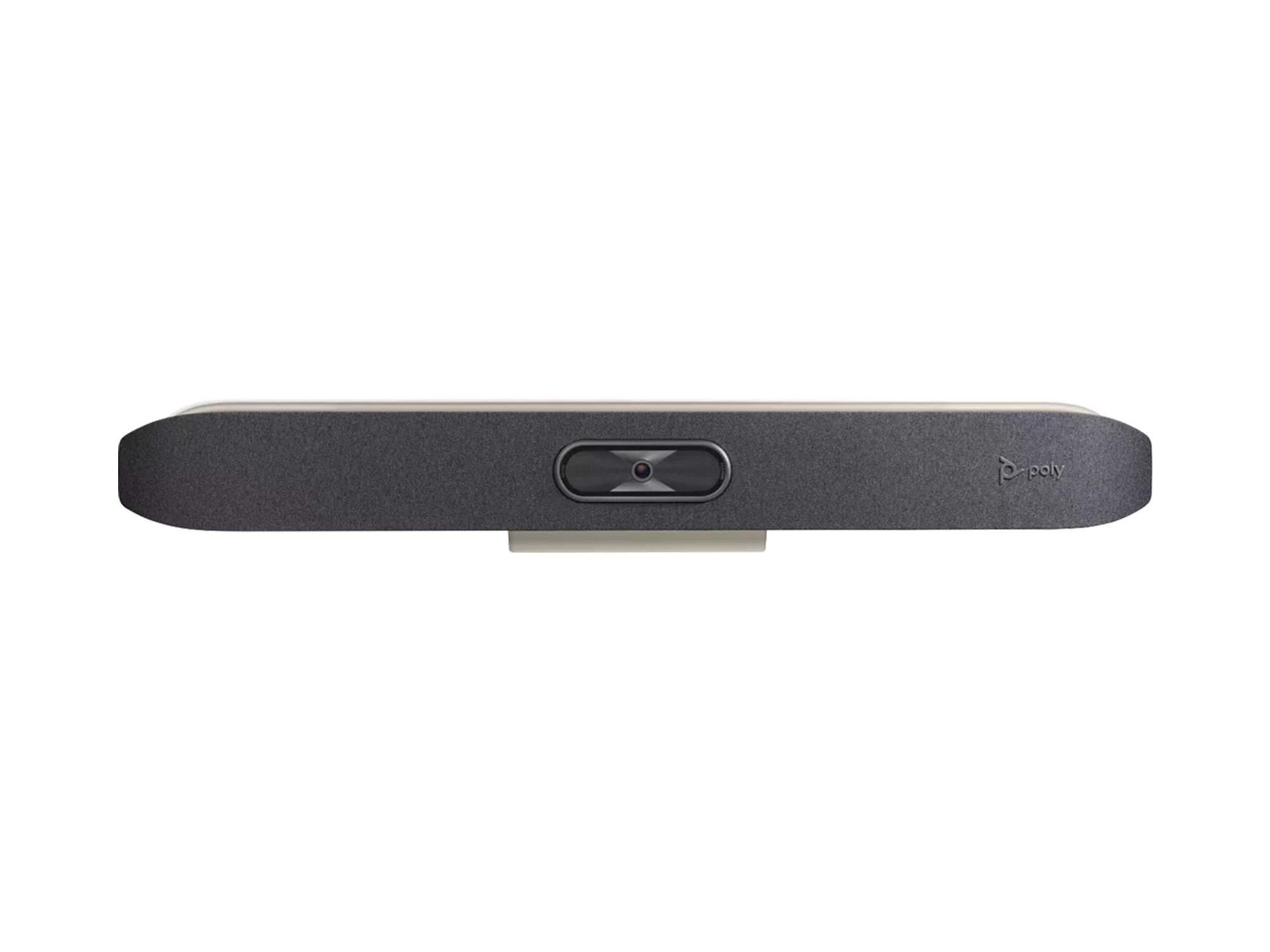

£4,680.00*
- Resolution 3840 x 2160 4K UHD
- Max. Brightness 400 cd/m²
- Panel type VA
- Contrast Ratio 5,000 :1


Frequently purchased together
Product information
The i3TOUCH X3-75 sets new standards for interactive touchscreens. With the latest technology, intuitive operation and a wide range of functions, this device is ideal for use in educational institutions, businesses and creative environments. Equipped with Android 13 and the Google Play Store, the X3 combines ease of use with security and performance.
The technical data at a glance:
- Operating system: Android 13
- Display: Optical bonding for optimum clarity, blue light filter, anti-glare coating
- Memory: 128 GB extended memory
- Security updates: Quarterly Android security patches
- Ports: USB-C (100W One Cable Connection for audio, video, power and touch)
- Audio: Dolby-clear, front-facing speakers
- Special features: Google Workspace compatibility, i3STUDIO software suite, motion sensor technology
Work without compromise - Google Play Store & Google Workspace
Thanks to the integrated Google Play Store, you have thousands of apps at your disposal, making the i3TOUCH X3 the ideal companion for any workspace. Whether for collaboration, presentations or creative work - the seamless integration of Google Workspace allows you to use advanced security and device management functions or log in directly with your Google account.

Unrivalled user experience with i3STUDIO
With the pre-installed i3STUDIO softwareyou are equipped for every situation. The suite offers intuitive tools such as whiteboarding, annotation and video conferencing apps. Developed in collaboration with users, i3STUDIO is fast, intelligent and easy to use.
Security and durability in focus
The i3TOUCH X3-65 is protected byregular security updates and has advanced features such as password protection, two-step authentication and data encryption. The robust design with scratch-resistant coating guarantees a long service life - even with intensive use.

Advanced technology for optimal collaboration
The innovative touch technology with up to five-level touch recognition enables multiple users to work on the display in different colours at the same time. The four included pens ensure an intuitive and precise writing experience that is perfect for group work.
Reduced eye fatigue and excellent image quality
With DC dimming mode, blue light filter and an anti-glare coating, the i3TOUCH X3 ensures a comfortable viewing experience - certified by TÜVRheinland. Optical bonding technology improves colour reproduction and readability while reducing reflections.
The i3TOUCH X3-75 combines top performance, versatile functions and modern technology in one device. With its broad range of functions, simple operation and first-class security, it is the perfect companion for anyone who values quality, efficiency and creativity.
Technical data
| Name | i3 Technologies i3TOUCH X3-75 75" Touch display |
|---|---|
| Article number | 1000030629 |
| Manufacturer SKU | 10010552 |
| Model name | i3TOUCH X3-75 |
| Brand | i3 Technologies |
| Product Type | Touch display |
| Product Series | i3 Technologies X3 Series |
| Technology | LCD |
| Panel type | VA |
| Resolution | 3840 x 2160 4K UHD |
| Diagonal | 75" |
| Aspect Ratio | 16:9 |
| Viewing angle - Horizontal | 178° |
| Viewing angle - Vertical | 178° |
| Contrast Ratio | 5,000 :1 |
| Screen finish | Matt |
| Max. Brightness | 400 cd/m² |
| run-time | 18/7 |
| Response time | 6ms |
| Refresh Rate | 60Hz |
| Support - VESA | 800 x 400 |
| Frame width | 12 mm |
| Operating system | Android |
| RAM | 8 GB |
| Inputs | 1x Displayport , 1x Ethernet , 1x RS232 , 1x USB-C , 2x HDMI , 2x USB-A , 5x USB-A |
| Outputs | 1x Ethernet , 1x HDMI |
| wireless technology | WiFi |
| Features | Integrated speaker , Touch screen |
| Product width | 171 cm |
| Product height | 8.52 cm |
| Product depth | 102.26 cm |
| Weight | 58 kg |
| Colour | Black |
| EEK Spectrum | A to G |
| Delivery contents | HDMI Cable , Pen , Power cable , Remote control , USB-C Cable , USB cable , mount |
| Condition | New |
| Warranty | 60 Month |
| Warranty type | Onsite Repair Service and support information |
Product safety
| Person responsible for the EU |
|---|
| i3-Technologies GmbH |
| Lyrenstr. 13 |
| 44866 Bochum |
| Germany |
| info@i3-technologies.com |















